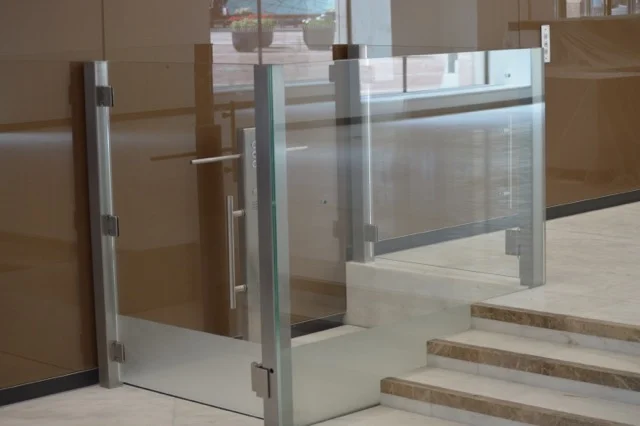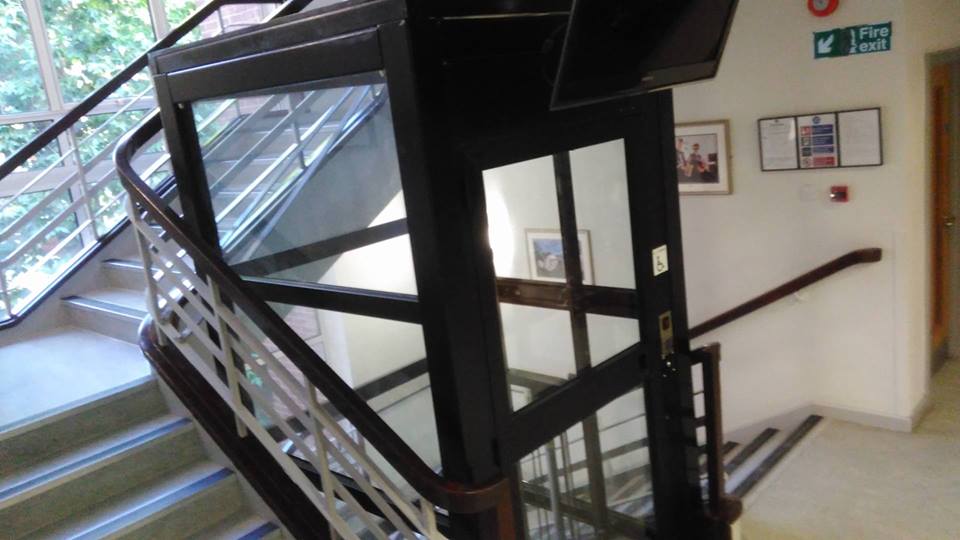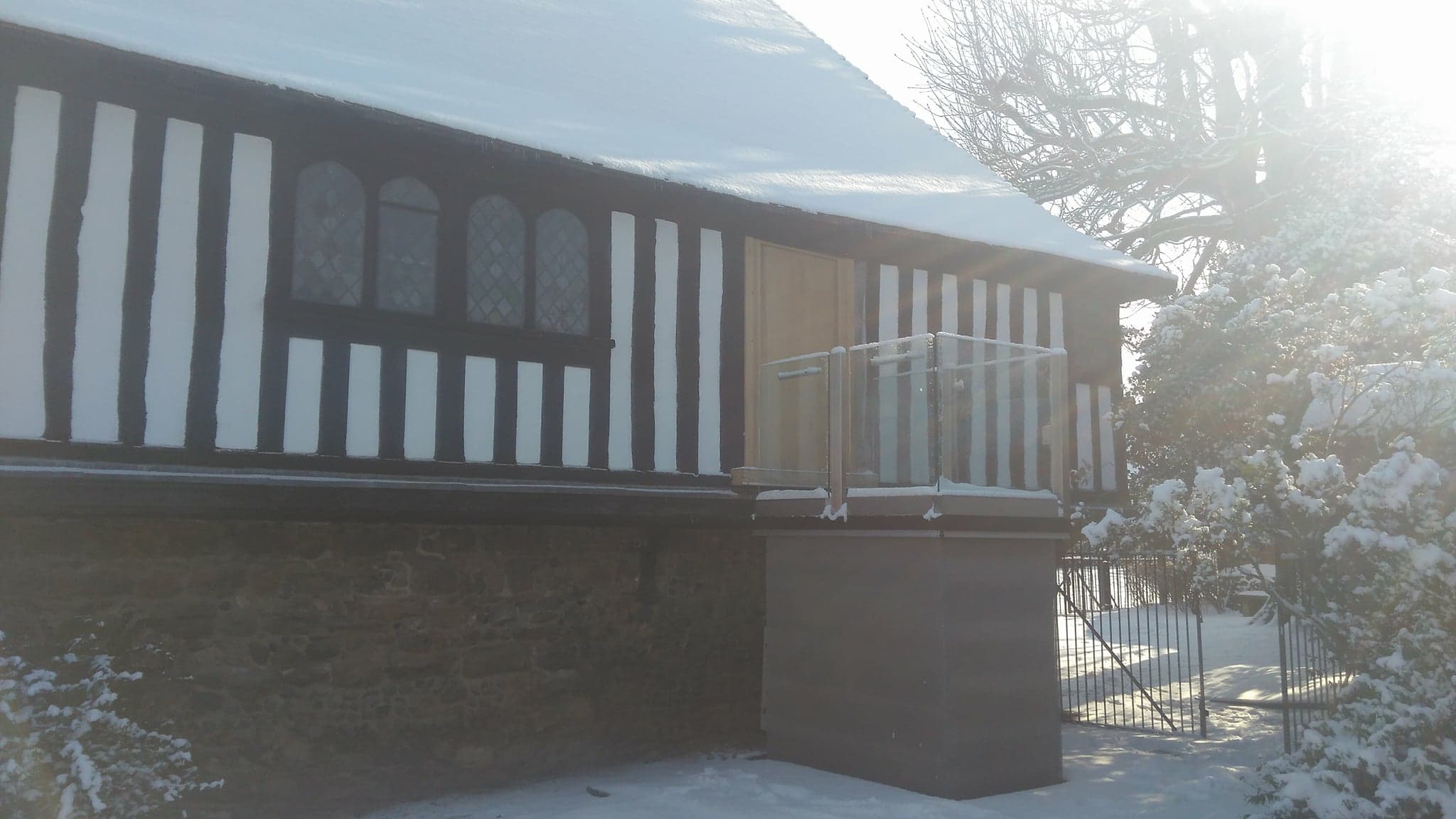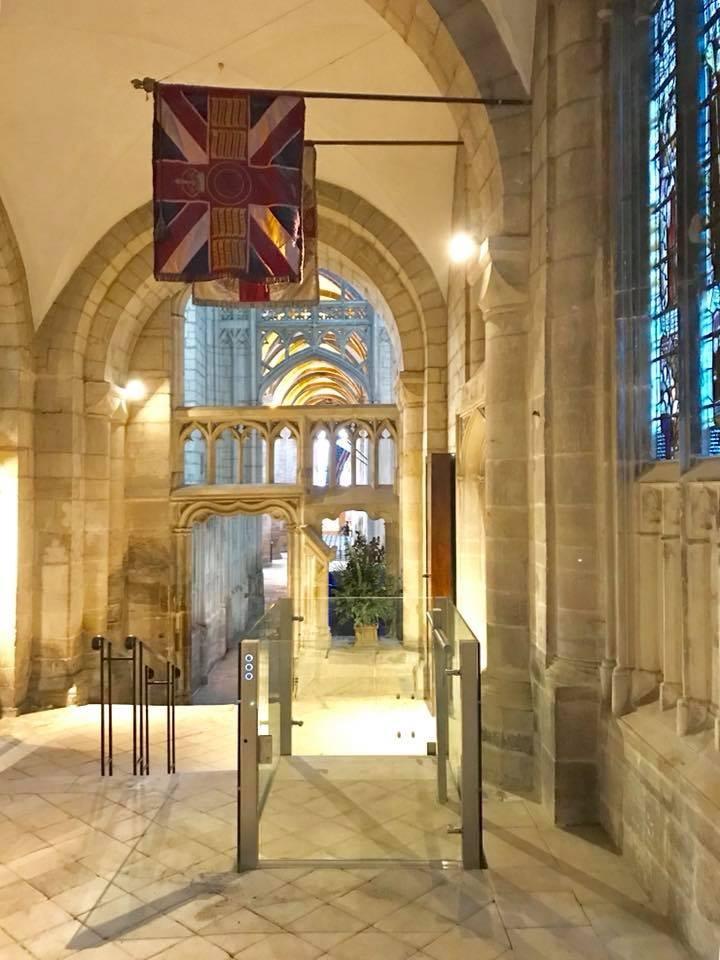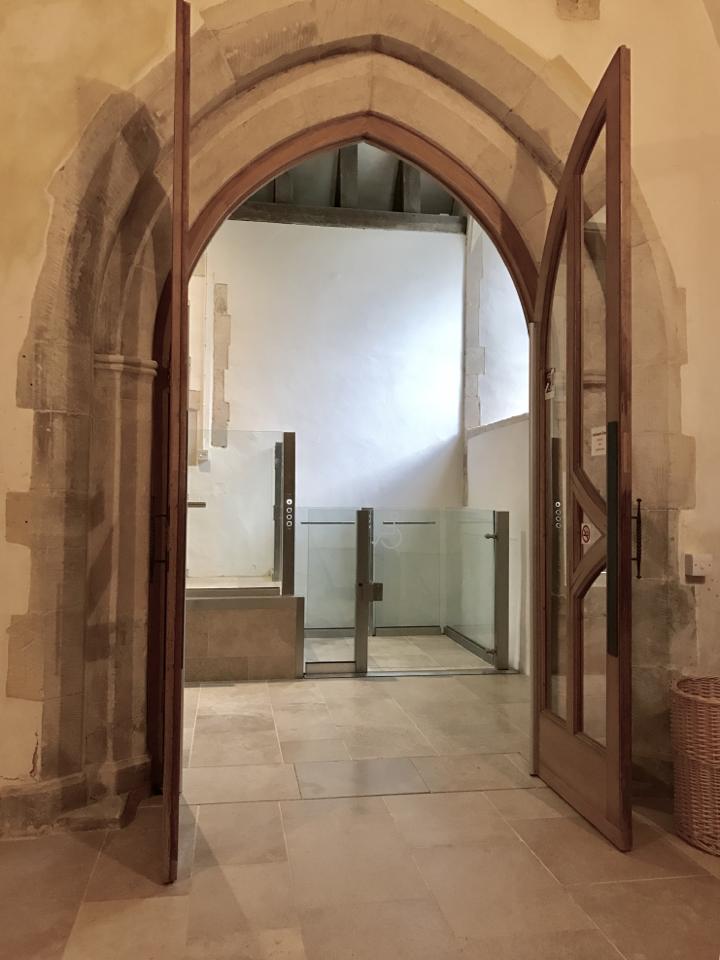When it comes to buying bespoke platform lifts, you might not be certain straight away which is the best type for your needs. Here’s a brief overview of the different categories and what they are designed for.
Open platform lifts
These are designed for transporting people and wheelchair users in a safe manner for external or internal vertical travel. They are sometimes referred to as a wheelchair lift, and can be fitted in domestic and commercial environments. They require much less space than a traditional lift, so they are ideal where access is needed to smaller premises.
These lifts are easy to install, aesthetically pleasing, and simple to use. They have low maintenance and running costs, and are easy to service. They are ideal for care homes, private homes, and educational and retail establishments.
Inclined platform lifts
This is a type of stairlift, allowing a wheelchair user safe access up a set of steps or staircase. The platform is fixed to a diagonal runner along the side of the staircase, and is capable of carrying a wheelchair to the upper level.
They are easy to install and simple to use, and can be fitted to most types of staircase both indoors and outside. Inclined platform lifts are a more affordable option than other types of lift.
Low-rise vertical platform lifts
Low rise platform lifts are designed to carry a passenger a short distance. They can be installed at the side of a single step in split-level room layouts, for example. Suitable for both indoor and outdoor use, these lifts will accommodate a wheelchair and an attendant.
Vertical platform lifts are unobtrusive and stylish, and blend well into the surroundings. They are suitable for both commercial and domestic settings, to ensure the building is compliant with Equality Act regulations. Installation is quick and easy, often just taking one or two days.





